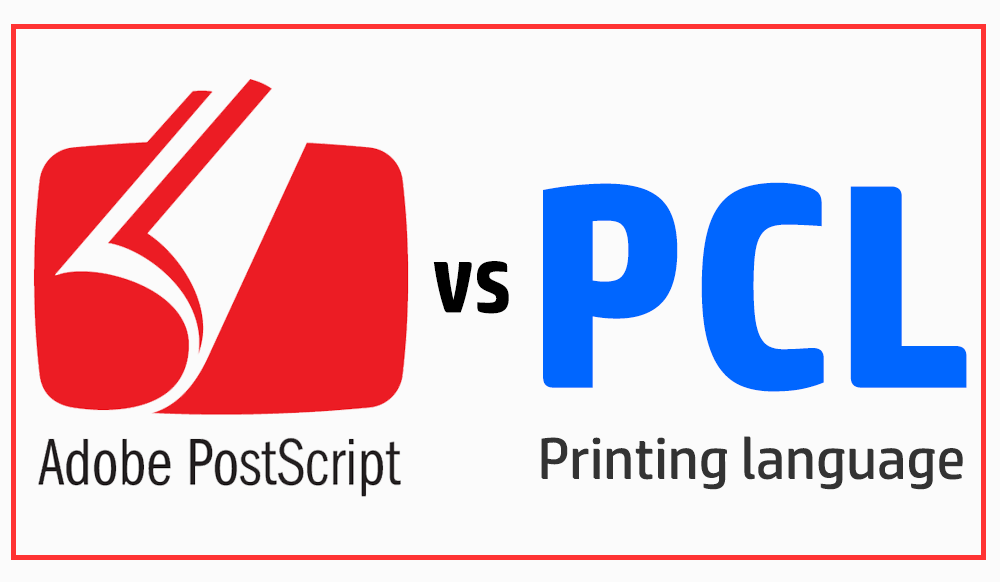Printing documents is a common task for both home and office users. Understanding the difference between the two main print drivers, PS (PostScript) and PCL (Printer Command Language), can help you make informed choices about your printing needs. This guide is specifically designed for those who are not very tech-savvy but want to learn more about these two printer languages.
Understanding Print Drivers
A print driver is software that communicates between your computer and printer, translating the information you want to print into a format the printer can understand. There are two major printer languages: PostScript (PS) and Printer Command Language (PCL). Both serve different purposes and have their own advantages and disadvantages.
PostScript (PS) Print Drivers
PostScript was developed by Adobe Systems and is known for its ability to handle high-quality graphics and text. It is a powerful, device-independent language, meaning that it can be used with various printer brands and models.
Pros of PS Print Drivers:
- High-quality graphics and text: PS is ideal for printing documents with detailed graphics or typography, such as brochures, magazines, or professional presentations.
- Device-independent: PostScript is supported by a wide range of printers, including high-end and professional models.
- Advanced font handling: PS offers better control over text appearance, with support for outline and scalable fonts.
Cons of PS Print Drivers:
- Slower printing: Since PS is processed on the printer itself, it may result in slower printing speeds compared to PCL.
- Larger file size: PS print jobs tend to be larger, which can affect data transfer and storage.
Printer Command Language (PCL) Print Drivers
PCL was developed by Hewlett-Packard (HP) as a simpler, more efficient printer language. It is primarily supported by HP printers, but many other printer manufacturers have adopted PCL support as well.
Pros of PCL Print Drivers:
- Faster printing: PCL is processed on the computer, which often results in faster printing speeds.
- Smaller file size: PCL print jobs are generally smaller, making them more efficient in terms of data transfer and storage.
- Simplicity: PCL is ideal for general office printing tasks and is easier to work with for basic printing needs.
Cons of PCL Print Drivers:
- Limited compatibility: PCL is primarily supported by HP printers and may not be compatible with all printer models.
- Basic graphics and text: PCL may not produce the same level of detail and quality as PS when printing complex graphics or typography.
Conclusion
When choosing between PS and PCL print drivers, consider your specific printing needs and the capabilities of your printer. If you require high-quality graphics and text or work with professional publishing and graphic design, PS may be the better choice. For general office printing and faster, more efficient printing, PCL is the way to go. By understanding the differences between these two print drivers, you can make the best decision for your printing requirements and get the most out of your printer.
![]()

